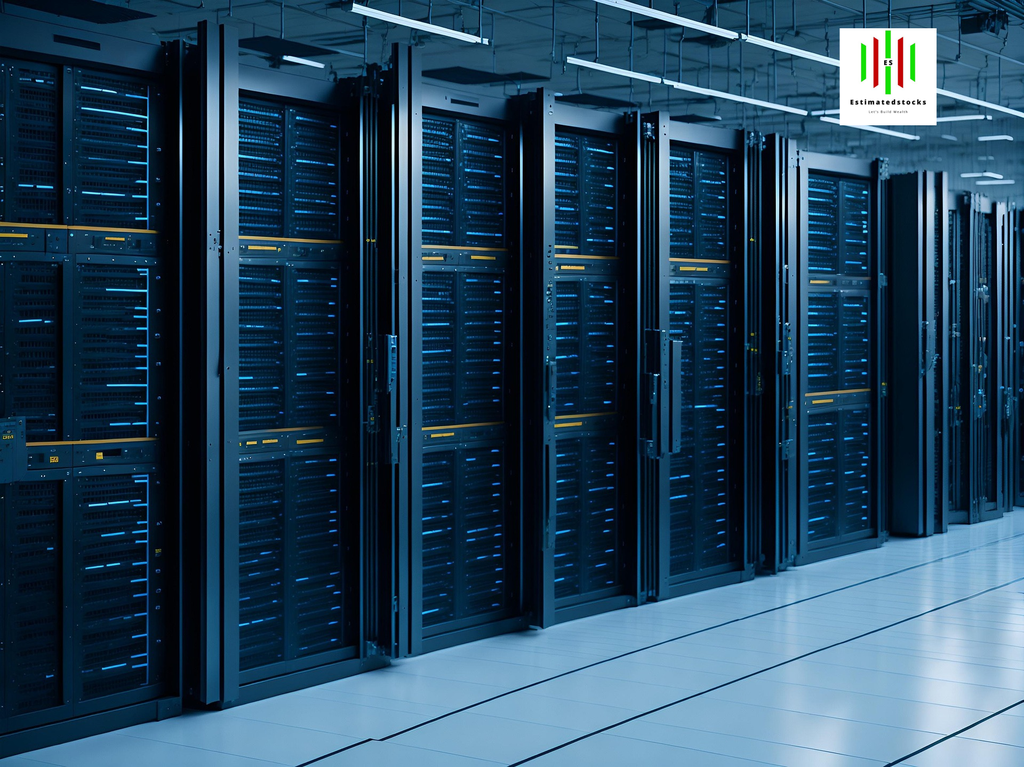
Explore Project Stargate—OpenAI’s $500B AI supercluster with 400K GPUs, 1.2GW power, and global impact. The future of AI infrastructure starts in Texas.
Project Stargate: A Strategic Leap in AI Infrastructure
1️⃣ Origins and Strategic Partnerships
Initiation and Announcement Project Stargate was officially launched on January 21, 2025, at the White House by former President Donald Trump. The announcement featured key leaders including Sam Altman (OpenAI), Larry Ellison (Oracle), and Masayoshi Son (SoftBank), and was introduced as “the largest AI infrastructure project in history.”
Corporate Structure and Ownership The project operates under Stargate LLC, a joint venture with ownership stakes divided among OpenAI (40%), SoftBank (40%), Oracle, and Abu Dhabi’s MGX.
Funding Commitments The initiative is projected to require $500 billion over four years. An initial capital infusion of $100 billion has been committed, with OpenAI and SoftBank each contributing approximately $19 billion. Oracle and MGX have pledged around $7 billion each.
2️⃣ Abilene, Texas: Core Development Hub
Campus Overview The Abilene site, covering approximately 875 to 1,100 acres west of Dallas, is the first of ten proposed data center complexes.
Construction Milestones Groundbreaking commenced in June 2024. The first two buildings are slated for completion in the first half of 2025, with full campus operations expected by mid-2026.
Power Infrastructure The site is designed for a 1.2-gigawatt (GW) power capacity, with 200 megawatts (MW) already operational as of early 2025. A $7.1 billion construction loan, led by JPMorgan, supports this development—total financing thus far stands at approximately $15 billion.
3️⃣ Compute Power and Technological Infrastructure
Hardware Deployment Oracle plans to acquire roughly 400,000 Nvidia GB200 GPUs, representing a $40 billion investment, which will be leased to OpenAI. Initial deployment includes 64,000 GPUs.
Performance Metrics Each NVL72 rack comprises around 36 GB200 chips, delivering approximately 1.4 exaFLOPS. Full deployment may scale to over 11,000 racks, achieving up to 16 zettaFLOPS of compute capacity.
4️⃣ Sustainability and Infrastructure Efficiency
Energy Sources Situated in a wind-rich area of West Texas, the project includes a dedicated natural gas plant to ensure reliability. Plans are in place to incorporate solar, wind, and small modular nuclear reactors in future phases.
Cooling Technology The data centers utilize a closed-loop liquid cooling system, which recycles water more efficiently than traditional open-loop systems, significantly reducing environmental impact.
Sectoral Context By 2035, AI data centers are expected to account for over 8% of U.S. electricity consumption, with about half projected to come from renewable sources, underscoring the need for sustainable designs.
5️⃣ Economic and Labor Implications
Employment Impact During construction, the site employs an estimated 1,500 to 2,200 workers. Post-construction, the permanent workforce is projected to be between 100 and 357 full-time employees.
Local Incentives The City of Abilene granted approximately 85% property tax abatement, contingent upon the creation of at least 357 jobs with an average salary exceeding $57,600.
Economic Spillover Although direct employment is modest, indirect benefits include subcontracting opportunities, increased demand for local services, and enhanced municipal revenues.
6️⃣ Strategic and Geo-Economic Positioning
Global Competition The initiative positions the U.S. in direct competition with global tech leaders. Major players such as Microsoft, Meta, Google, Amazon, xAI, and DeepSeek are simultaneously expanding their AI infrastructure footprints.
Supply Chain Considerations Construction costs have been impacted by U.S. tariffs, increasing expenses by 5–15% and slowing capital deployment. The chip supply chain remains heavily reliant on Taiwan and South Korea, posing geopolitical risks.
International Expansion Plans include extending Project Stargate to the United Arab Emirates, with a proposed 5 GW facility in Abu Dhabi and additional sites in allied countries—signaling a broader strategic aim in global AI infrastructure leadership.
7️⃣ Risk Assessment and Criticisms
Funding Uncertainty While $15 billion has been secured, further financing has slowed due to macroeconomic uncertainty and tariff-induced cost pressures. SoftBank has yet to finalize its debt arrangements.
Efficiency Debate Critics argue that emerging compute-efficient AI models may reduce the need for such massive infrastructure, raising concerns about overinvestment.
Labor Concerns The relatively lean operational workforce prompts scrutiny over the return on public incentives and tax abatements.
Financial Viability OpenAI recorded a $5 billion loss in 2024. The long-term financial sustainability of the project depends heavily on demand growth and continued improvements in model efficiency.
8️⃣ Vision and Innovation Trajectory
Strategic Infrastructure Project Stargate is envisioned as foundational infrastructure—akin to the U.S. interstate highway system—establishing critical groundwork for the AI economy.
Scientific Breakthroughs OpenAI anticipates transformative scientific discoveries by 2026 as AI capabilities scale exponentially.
Energy Innovation Catalyst Due to its immense power demands, the project is expected to drive innovation in clean energy technologies, including modular nuclear, geothermal, and potentially fusion energy systems.
🔍 Executive Summary
| Category | Key Insights |
|---|---|
| Scale | Over 1 GW power capacity, hundreds of thousands of GPUs, unprecedented compute capabilities. |
| Funding | $500 billion total target; $100 billion committed; $15 billion raised so far. |
| Impact | Positions the U.S. at the forefront of global AI infrastructure. |
| Challenges | Includes geopolitical risk, financial sustainability, environmental and labor concerns. |
| Innovation | Potential catalyst for AGI, scientific advancement, and renewable energy development. |
Final Thoughts
Project Stargate represents a monumental step in U.S. technological policy—a pivot from cloud-based reliance to dedicated national AI infrastructure. Its ambition recalls transformative initiatives like the Manhattan Project or the national highway system.
If successful, it could mark the dawn of a new era defined by advanced AI, clean energy breakthroughs, and renewed U.S. global leadership in technology. If it falls short, it may serve as a cautionary tale of overreach amid geopolitical and economic headwinds.
Independent Analysis & No Investment Advice EstimatedStocks AB is an independent financial research platform. This publication is ...


